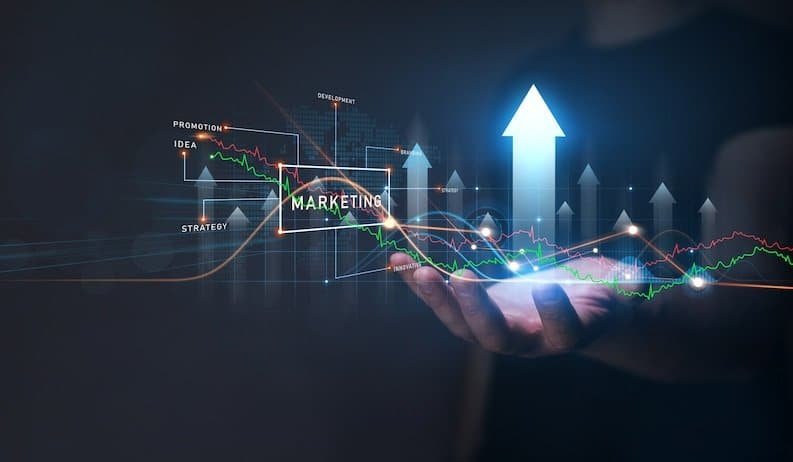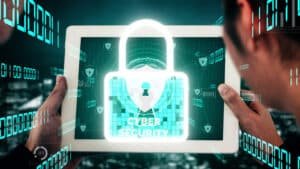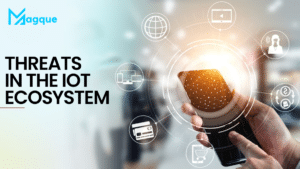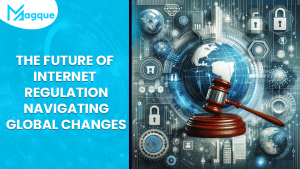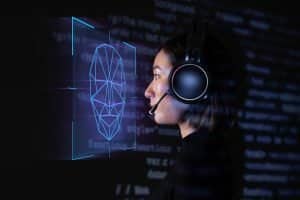In the age of digital wonders, where technology is advancing at a bewildering pace, we face a new challenge: deepfakes. These sneaky pieces of AI-generated content have the potential to deceive, manipulate, and wreak havoc online. But fear not, for in this blog post, we’ll embark on a journey through the intriguing world of deepfake detection tools – the digital heroes that stand against the tide of synthetic media.
Picture this: You’re scrolling through your social media feed and stumble upon a video showing a celebrity confessing to a crime. Shocking, right? But what if I told you that the video was entirely fabricated using artificial intelligence? Welcome to the world of deepfakes, where reality and fiction blur.
The Rise of Deepfakes: A Digital Dilemma
Before we delve into the world of deepfake detection, let’s understand why these AI-generated concoctions are becoming increasingly prevalent. The burst of perplexity in the digital landscape has given rise to tools that can manipulate audio and video to an astonishingly realistic degree. While this technology has legitimate applications in the entertainment industry, it also poses a significant threat in the wrong hands.
Imagine trying to distinguish between an actual image and its deepfake counterpart – it’s like spotting a needle in a haystack. But fear not, for technology is on our side in this battle of wits.
The Heroes: Deepfake Detection Tools
Now, let’s meet our heroes – the deepfake detection tools. These are software and algorithms designed to identify the subtle anomalies that even the most convincing deepfakes can’t hide. Think of them as digital detectives armed with the latest advancements in AI and machine learning.
1. Facial Analysis
One of the critical giveaways of a deepfake video is often in the facial details. Deepfake detection tools can scrutinize every pixel of a person’s face, identifying inconsistencies like unnatural eye movements or imperfect skin texture. It’s like having a magnifying glass that spots the tiniest imperfections in a masterpiece.
2. Voice Analysis
Just as facial analysis is crucial for video, voice analysis plays a vital role in spotting fake audio. Deepfake detection tools can analyze audio recordings for inconsistencies in pitch, tone, and speech patterns. It’s like having a super-sensitive microphone that can catch even the slightest hiccup in a voice.
3. Metadata Examination
Behind every piece of digital content lies a treasure trove of metadata – information about when and how the content was created. Deepfake detection tools sift through this data, looking for discrepancies that might reveal the true nature of the content. It’s akin to examining the fingerprints on a piece of evidence.
4. Machine Learning Magic
Machine learning is one of the most potent weapons in the deepfake detection arsenal. These tools continuously evolve, learning from past encounters with deepfakes to become even better at spotting them. It’s like having an experienced detective who grows wiser with each case.
5. Community Vigilance
In the digital realm, we’re all in this together. Community-driven efforts play a vital role in deepfake detection. Users can report suspicious content, helping to alert the digital guardians to potential threats. It’s like having a neighbourhood watch program for the internet.
Conclusion: The Battle Continues
As the burstiness of deepfake technology continues to perplex us, the race to develop more advanced deepfake detection tools intensifies. The digital world may be a vast and complex landscape. Still, with these tools in place, we’re confident in the rise of AI-generated content. And be sure to explore Magque, your go-to source for the latest and most intriguing updates in the realms of informative tips & reviews!
FAQs
Q1. What are deepfake detection tools, and why are they necessary?
Deepfake detection tools are software and algorithms designed to identify and mitigate AI-generated content, particularly deepfakes. They are essential because deepfakes can deceive, manipulate, and spread disinformation, posing significant threats to individuals and society.
Q2. How do deepfake detection tools work?
Deepfake detection tools use various techniques, including facial analysis, voice analysis, metadata examination, and machine learning. They analyze the content for inconsistencies, unnatural facial movements, voice anomalies, and discrepancies in metadata to determine if the media is genuine or a deepfake.
Q3. Can deepfake detection tools detect all deepfakes?
While deepfake detection tools are becoming increasingly sophisticated, they may not catch every deepfake. Advanced deepfake creators constantly refine their techniques to evade detection. However, these tools are crucial in identifying and preventing many AI-generated content instances.
Q4. Are deepfake detection tools accessible to the public?
Many deepfake detection tools are available to the public, ranging from free online services to more advanced solutions offered by tech companies. However, the effectiveness of these tools varies, and some advanced detection methods may be restricted to specific organizations.
Q5. How can individuals and organizations benefit from using deepfake detection tools?
By using deepfake detection tools, individuals and organizations can protect their reputations, safeguard against misinformation, and maintain trust in digital content. These tools help ensure the authenticity of media and mitigate the potential harm caused by AI-generated content.
Read Also This:- AI-Generated Social Posts and Videos




